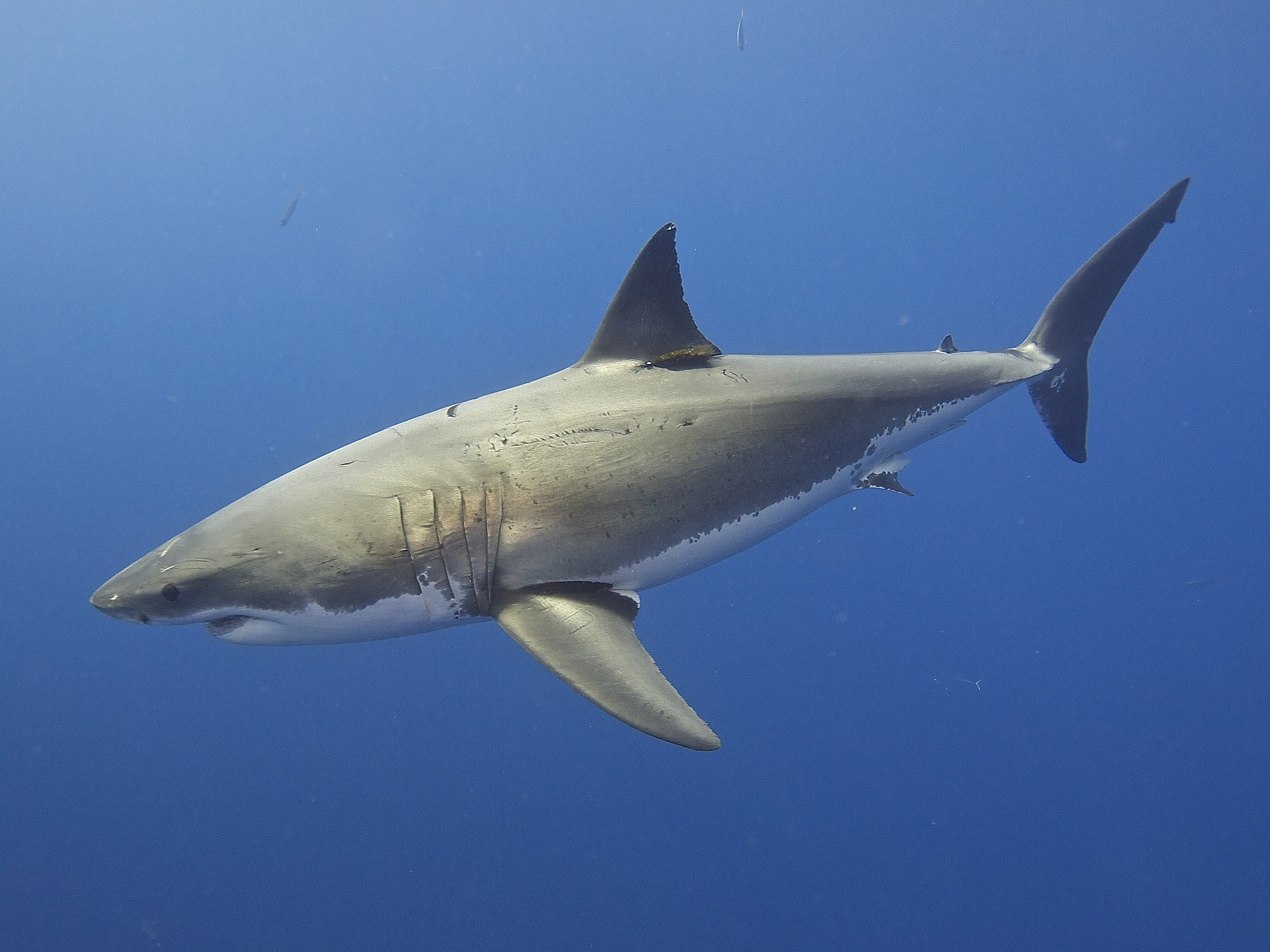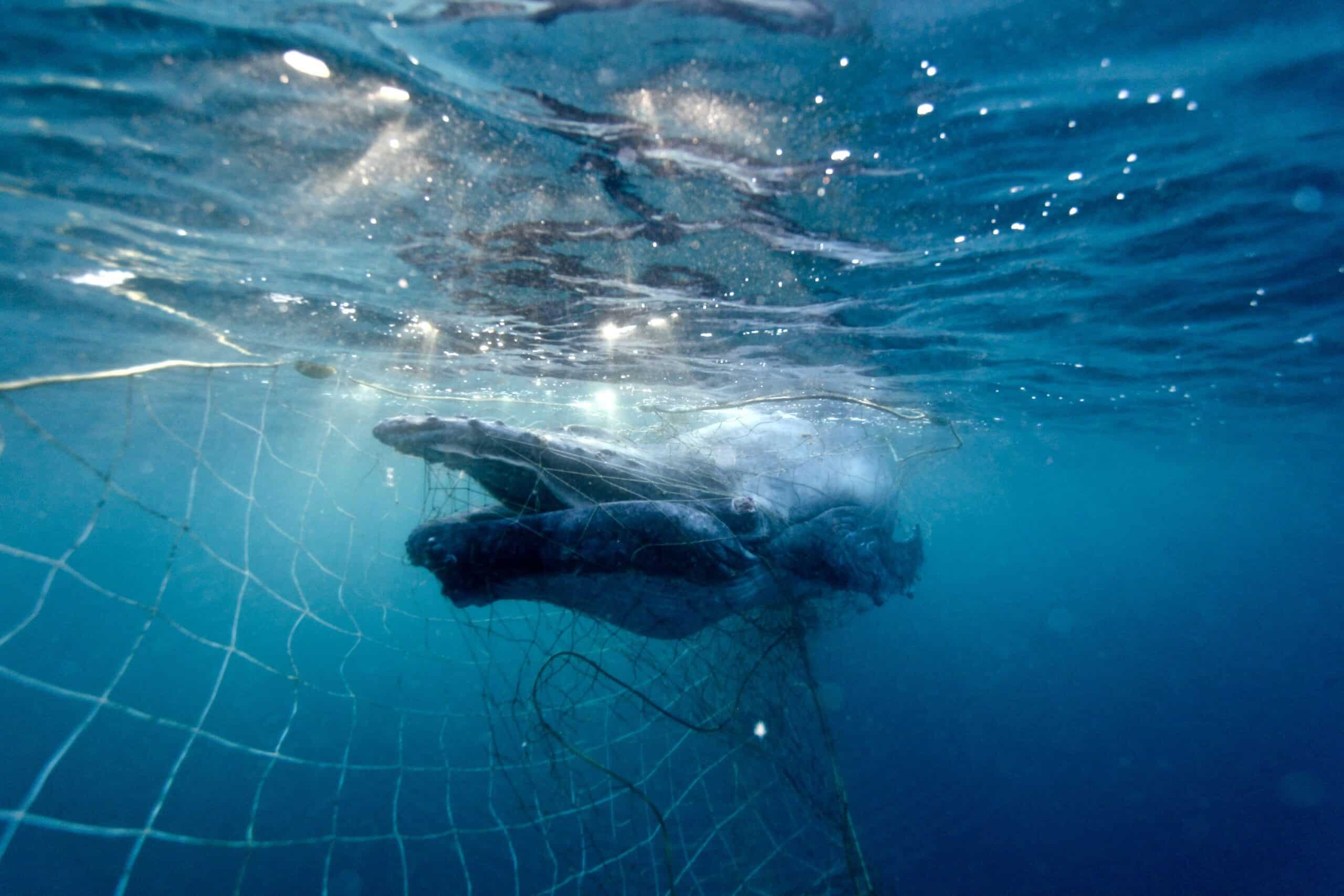Research shows that Australia’s great white sharks are highly related to each other and may consist of fewer than 500 breeding animals. SYDNEY, 24 June 2025: Latest research has found Australia’s great white shark population is much smaller than expected, increasing their vulnerability to further population threats. The population...
As consumer interest in animals and their welfare grows across Australia, at the same time we’re seeing distinct shifts in purchasing behaviours, not only for food, but also in the fashion world. A term in wool production that was barely known before to the general public is receiving more attention as its controversy is becoming fully realised. The term is ‘mulesing’ and it is the name of a procedure that is endured by an estimated 13 to 20 million Merino lambs in Australia each year.
If you’ve been spared an explanation so far, let me fill you in. It all started back in 1883 when Vermont Merino Rams were first introduced into Australia with extra wrinkly skins in an effort to generate even more wool. Quite frankly, wrinkles are never a friend to anyone, but particularly not to Merino sheep. The arrival of the wrinkly Merino rams coincided with the arrival of a new fly species at around the same time, and our warm humid Aussie weather made for a disastrous combination. The deep wrinkles of skin offer a perfect setting for the flies to lay their maggots, particularly favouring the messy rear end or ‘breech’ of the sheep. The maggots then proceed to feed directly on the sheep’s skin, which causes a painful condition named ‘flystrike’.
With most of Australia’s Merino sheep supplying wool being bred with wrinkly skin, it is reported that around 3 million of them lose their lives as a result of flystrike each year. It is a horrific condition causing significant pain and suffering, and a slow death. This prompted South Australian sheep farmer Mr John Mules to develop a means of flystrike prevention in 1931, which came to be known as ‘mulesing’. This procedure is still the most commonly used means of flystrike prevention today and is officially accepted as standard practice by the Australian government, yet it is one of the most controversial farming practices used in Australia.
So what is ‘mulesing’? The wrinkled skin either side of the tail is a key target for the blowflies. So by removing this wrinkled skin with shears during the first year of a lambs’ life it creates smooth scar tissue, thereby an unsuitable area for the blowflies to lay their eggs. Admittedly, this technique is successful as a means of flystrike prevention for the sheep’s breach, but at what cost and is there a better and more effective way?
Firstly, for a procedure such as the removal of skin from a live lamb with shears, you would expect some kind of anesthetic or pain relief to be used. But no, mulesing is usually performed without anesthesia and many wool growers don’t even administer pain relief. Notably, the Victorian government is proposing to make pain relief mandatory at the moment, and there’s a bill in the NSW Parliament proposed by the Animal Justice Party which could see it mandatory there too if it gains enough support. Those movements are an overdue step in the right direction, but it’s not the answer. Research shows that the pain lasts long after the pain relief does, and it’s not applied until after the lamb’s skin is already cut, so they still undergo significant suffering. Sheep can also get fly struck elsewhere on their wrinkled bodies, so mulesing is by no means a flystrike-free guarantee.
Another solution which has recently hit the headlines involves applying liquid nitrogen to ‘freeze brand’ the skin across the lamb’s rear end, but there’s no scientific evidence that this method doesn’t cause significant pain, and like mulesing, only protects the sheep’s rear end from flystrike.
But thankfully there is a humane and achievable solution for both sheep and wool growers. As explained at the start, it is wrinkles at the root cause of this welfare catastrophe, so the sheep need to be bred without any. Not only can sheep be bred with smooth bodies which are free of wrinkles, but they can also be bred with bare breeches, eradicating any attractive messy rear end for the blowfly to call home. Smooth bodied sheep are highly resistant to all forms of flystrike, protecting them from being struck by flies anywhere on their body. Many other beneficial traits such as improved lambing rates, better extreme weather tolerance, and easier shearing are also being achieved.
This genetic solution to fly strike is exactly what has been successfully achieved already by more than 1,000 wool growers in various climates across Australia. Contrary to what many industry players are claiming, with the correct planning and support, the genetic solution can be achieved within just 5 years or less, and with no compromise to wool quantity or quality. Their wool has a higher follicle density and the skin is loose and expandable. Without the thick and wrinkly skin the sheep can even be fitter and better able to cope with temperature extremes and drought. The extreme fibre length also allows the fleece to dry quickly, keeping moisture away from the skin even during periods of extreme humidity or heavy rainfall. Altogether the result is a high yielding and excellent quality wool from healthy fit sheep, and a profitable Merino enterprise. Not forgetting that wool from non-mulesed sheep fetches a premium.
Numerous global brands and retailers have already committed to move away from mulesed wool in their products including major names such as H&M, Marks & Spencer, Adidas, Next, Hugo Boss and Abercrombie & Fitch. We have been talking to Australian retailers and brands about adopting similar policies. Last week we warmly welcomed an announcement from Country Road Group and David Jones to source wool from sheep that aren’t mulesed – their primary commitment will see all of their pure (100%) wool products verified as non-mulesed or ceased mulesed by Winter 2021, an assurance that will also apply to high-street brands Country Road, Mimco, Politix, Trenery, and Witchery. This makes them Australia’s first major retailers to make this commitment and we are encouraging others to follow their lead.
Breeding wrinkly skinned sheep that are flystrike-prone is unnecessary and avoidable. It is surely unethical when you consider a viable and pain-free solution is available. We find it puzzling why more haven’t yet transitioned their flocks, but deep-routed traditions, misleading messaging from the industry body, and vested interests in wrinkly studs and pain relief seem to be the main culprits blocking the path. For these reasons, consumers and retailers need to drive the change.
We have just launched a ‘Don’t Cut Our Butts’ petition which we are presenting to Australian retailers. Millions of Merino sheep would definitely welcome your signature to help spare future generations of lambs being subjected to unnecessary suffering – please head to our petition here and you can help fast-track significant animal welfare improvements for sheep bred to supply wool for the fashion industry worldwide.
Georgie Dolphin is a passionate animal advocate and has been part of the team at Humane Society International since 2012. She grew up on a farm in the UK and gained an honours degree in Animal Science at Leeds University. In her role as Program Manager for Animal Welfare, Georgie’s responsibilities include campaign work on donkeys, farm animals, free range food labelling and the fur trade, as well as the operation of the organisation’s true free range program, Humane Choice.
Image credit: Dr Jim Watts smooth-bodied sheep


